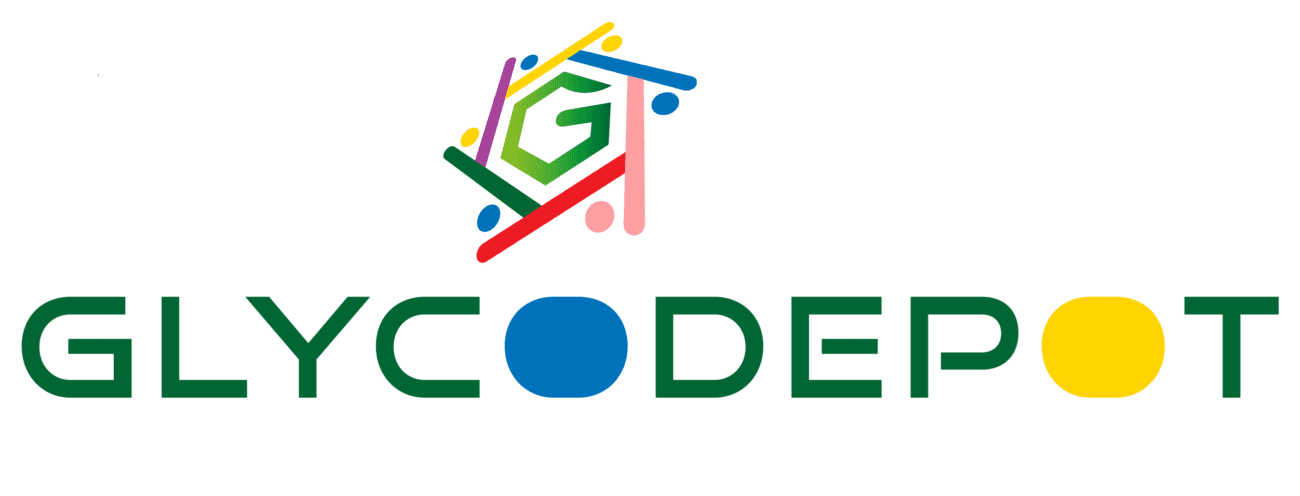1,2,3,4-Tetra-O-acetyl-6-deoxy-6-fluoro-D-glucopyranose is a chemically synthesized fluorinated carbohydrate derivative derived from D-glucose. The compound has acetyl groups at positions 1, 2, 3, and 4, while the sixth carbon’s hydroxyl group is replaced by a fluorine atom, making it a 6-deoxy-6-fluoro analog. This white crystalline solid is used as a versatile intermediate in medicinal and carbohydrate chemistry, especially for the preparation of glycomimetics, fluorinated glycoconjugates, and in PET imaging probe synthesis. The fluorine atom imparts unique metabolic stability and electronic properties, enhancing potential applications in drug design and molecular imaging. The acetyl groups facilitate solubility and handling in organic synthesis and are typically removed in subsequent steps to afford deprotected fluoroglycosides for biochemical studies.
IUPAC Name
- (2R,3S,4R,5R,6S)-6-fluoro-1,2,3,4-tetra-O-acetyl-D-glucopyranose
Appearance
Source
- Chemically synthesized via fluorination of protected D-glucose derivatives, followed by regioselective acetylation
Molecular Weight and Structure
- Molecular Formula: C14H19FO9
- Molecular Weight: 350.29 g/mol
- Structure: Pyranose ring with acetyl groups at positions 1–4, fluorine at C6, 6-membered ring structure typical of D-glucose analogs
- SMILES: CC(=O)O[C@H]1OC@HC@@HC@@H[C@@H]
Sugar Specificity
- 6-deoxy-6-fluorinated analog of D-glucose
- Utilized in studies of sugar fluorination effects on reactivity, metabolism, and enzyme specificity
Biological Activity
- Serves chiefly as a precursor for more advanced fluorinated glycomimetics and imaging agents
- Used in PET probe (e.g. [18F]FDG) synthesis and glycosidase substrate analog design
- Investigated for metabolic stability, enzymatic resistance, and structure-activity relationships in glycoscience
Purity and Microbial Contamination
- Typically supplied at ≥97–99% purity, checked by NMR and HPLC
- As a chemically synthesized intermediate, microbial contamination is negligible if handled in chemical-grade facilities
Identity and Quality Control
- Identity confirmed by NMR, MS, and HPLC; detailed Certificate of Analysis provided by suppliers
- Melting point and optical activity measurements available for each bulk lot
Shelf Life and Storage
- Stable up to 1–2 years when stored at 2–8°C or below, protected from moisture and light
- Should be sealed tightly to prevent hydrolysis or degradation of acetyl groups
Application
- Precursor for synthesis of 6-fluoroglycosides and [18F]-labeled imaging probes for PET
- Used for studying carbohydrate-protein interactions, enzyme specificity, and metabolic fate of fluorinated sugars
- Facilitates development of glycomimetic drugs, enzyme inhibitors, and molecular imaging tracers
Key Characteristics
- 6-deoxy-6-fluoro analog of tetraacetylated D-glucopyranose
- CAS number 33557-28-7
- White crystalline solid, molecular weight 350.29 g/mol
- Used in PET radiochemistry, glycomimetic synthesis, and as a chemical probe
- High purity (≥97%) with comprehensive quality documentation
- Stable intermediate for synthetic and research applications
- Structure facilitates selective deacetylation for biological studies
- Offers unique stability and bioactivity from fluorine substitution
- Well-defined analytical and spectral identity metrics
Citations
- ChemicalBook CAS and molecular details
- ChemicalRegister alternate CAS for beta-anomer
- GuideChem product details
- Synthose related fluorinated compounds
- Sigma-Aldrich acetyl glucopyranose analogs
- ScienceDirect PET probe quality control
- PubMed Central PET stability studies
- ChemicalBook beta-anomer details
- Brieflands quality control/stability study
- Manta et al., nucleoside fluorination in medicinal chemistry

Reviews
There are no reviews yet.